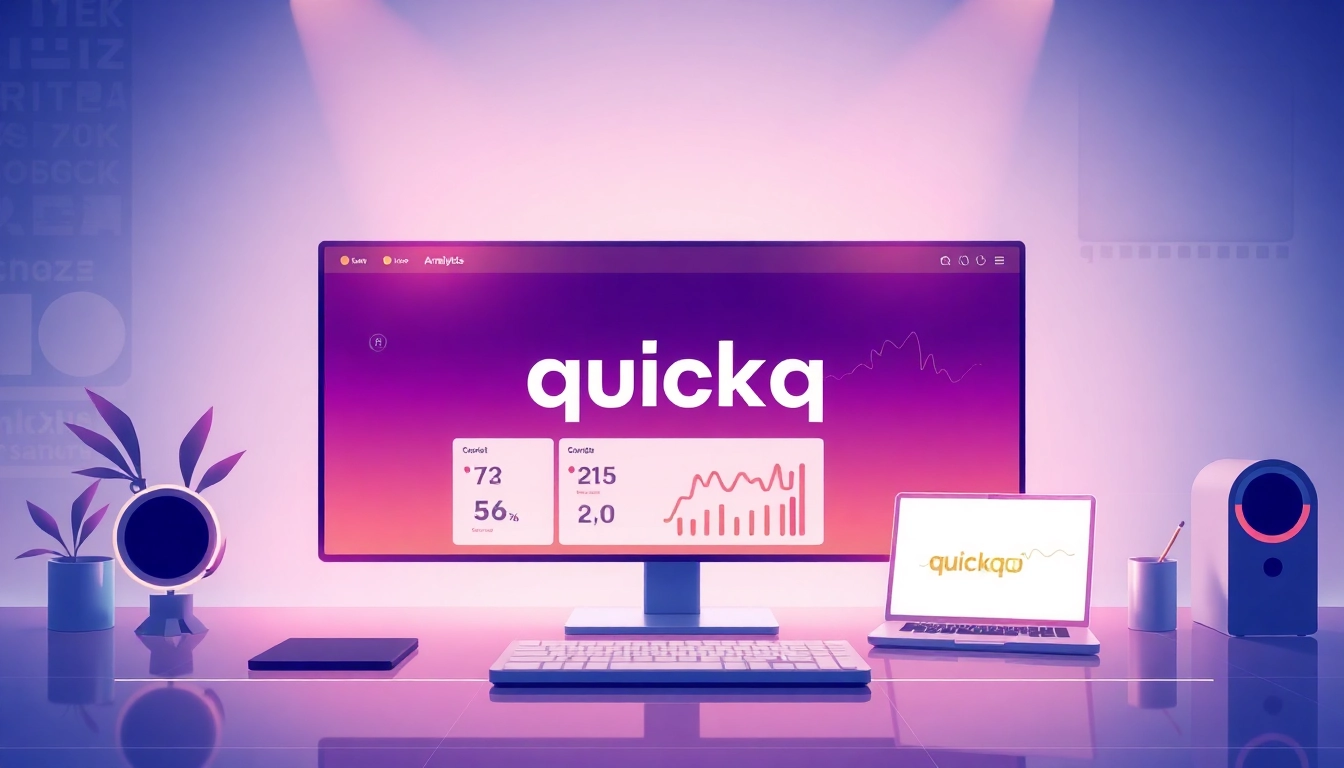Understanding Server Management
In today’s digital landscape, the effective handling of IT infrastructure is crucial for any organization. Central to this endeavor is the concept of server management, which encompasses the monitoring, maintenance, and administration of servers to ensure their optimal performance. With the rapidly evolving technological environment, businesses must adapt their server management practices to meet the changing demands of operations and security. This article delves into the key aspects of server management, its importance for businesses, the challenges that arise, and strategies for effective management.
What is Server Management?
Server management refers to the collective practices involved in overseeing a server’s operations. This includes deploying, configuring, monitoring, and maintaining servers, along with ensuring their security and performance. Typically, server management encompasses both physical and virtual servers, enabling businesses to manage their information technology resources efficiently.
At its core, server management focuses on several critical tasks:
- Setting up server hardware and operating systems
- Installing necessary software applications
- Implementing security measures to safeguard data integrity
- Performing regular maintenance and updates
- Monitoring performance metrics and usage statistics
Importance of Server Management for Businesses
Proper server management is indispensable for organizations that rely on technology to drive their operations. The importance of server management is highlighted in several key areas:
- Operational Efficiency: Effective management minimizes downtime and ensures that systems are running smoothly, thereby enhancing overall productivity.
- Data Security: By implementing rigorous security protocols, businesses can prevent unauthorized access and data breaches, protecting sensitive information.
- Cost Management: Efficient server management helps organizations optimize resource usage, allowing them to reduce costs associated with under-utilized or over-provisioned servers.
- Scalability: With the right server management practices in place, businesses can easily scale their operations up or down based on demand, ensuring they remain agile in a competitive market.
Common Challenges in Server Management
Despite its importance, server management comes with its unique set of challenges:
- Complexity: The diverse infrastructure and increasing number of applications can make server management complex and cumbersome.
- Security Threats: As cyber threats become increasingly sophisticated, maintaining server security is a constant challenge.
- Resource Allocation: Striking the right balance between resource utilization and performance can be difficult, often leading to server overloads or wastage.
- Compliance Requirements: Many industries are subject to stringent compliance regulations, making server management a necessity in ensuring adherence to these standards.
Key Components of Effective Server Management
Hardware Management Essentials
Hardware management is crucial as it pertains to the physical components of servers. Effective hardware management includes:
- Regularly assessing and upgrading hardware components to keep pace with technological advancements.
- Managing power consumption and ensuring effective cooling to prolong hardware lifespan.
- Conducting routine diagnostics and maintenance checks to identify and resolve hardware issues before they escalate.
Software Management Tools
Software plays a vital role in server management. Businesses must utilize effective software management tools to automate routine tasks, monitor server performance, and implement security measures. Key considerations include:
- Using centralized management software to oversee all server operations from a single interface.
- Implementing patch management systems to ensure all software is kept up to date.
- Utilizing performance monitoring tools to track server performance and identify potential bottlenecks.
Network Configuration and Monitoring
Networking is integral to server management. Proper network configuration ensures that servers are accessible and that data flows smoothly. Important aspects include:
- Setting up proper IP addressing and DNS management to enable seamless connectivity.
- Configuring firewalls and VPNs to protect data in transit.
- Regularly monitoring network usage to detect and remediate any potential issues promptly.
Best Practices for Server Management
Implementing Regular Backup Strategies
Data loss can have severe consequences for any organization. Therefore, implementing robust backup strategies is essential. Best practices include:
- Employing a combination of full, incremental, and differential backups to ensure comprehensive data protection.
- Testing backups regularly to ensure their functionality and reliability.
- Storing backups in multiple locations, including off-site options, to safeguard against physical disasters.
Effective Security Measures for Server Protection
Security should be paramount in any server management strategy. Important measures include:
- Utilizing strong authentication and access control mechanisms to regulate user access.
- Deploying antivirus and anti-malware solutions to protect against malicious software.
- Regularly updating security protocols and protocols to address emerging threats.
Monitor Performance and Optimize Resources
Continuous performance monitoring is critical for resource optimization. Best practices encompass:
- Establishing performance baselines to measure against future usage trends.
- Using tools that provide real-time monitoring and alerts for immediate troubleshooting of issues.
- Regularly reviewing resource allocation strategies to ensure they align with current needs.
Tools and Technologies for Server Management
Popular Software Solutions
The market offers various software solutions designed to facilitate effective server management. Some popular tools include:
- Systems Management Software: Tools that provide comprehensive control over system settings and configurations.
- Monitoring Solutions: Software that analyzes metrics to oversee performance and health of servers.
- Backup and Recovery Software: Applications that ensure data protection through reliable backup solutions.
Evaluating Management Tools for Efficiency
Choosing the right management tools can significantly affect server performance and efficiency. Considerations when evaluating tools include:
- Integration capabilities with existing infrastructure and tools.
- User-friendliness and accessibility for IT staff.
- Cost-effectiveness in relation to features and support offered.
Integration with Cloud Services
As cloud computing becomes prevalent, integrating server management with cloud services offers numerous advantages. Key benefits include:
- Enhanced scalability by allowing resources to be provisioned dynamically based on demand.
- Reduced capital expenditure as cloud services are typically offered on a subscription basis.
- Improved disaster recovery capabilities by utilizing cloud storage for backups and failover options.
Future Trends in Server Management
The Impact of Automation and AI
The integration of automation and artificial intelligence in server management is poised to transform the landscape. Key implications include:
- Automated processes reduce human intervention, thereby minimizing errors and improving efficiency.
- AI-driven analytics provide actionable insights that can guide proactive management decisions.
- Self-healing servers that can detect and resolve issues autonomously are emerging as a game-changing trend.
Emerging Technologies in Server Monitoring
Advancements in monitoring technologies are enhancing server management capabilities. Notable trends include:
- Use of IoT sensors that provide real-time data about server health and environmental conditions.
- Cloud-based monitoring solutions that offer flexibility and scalability in data management.
- Enhanced visualization tools that allow administrators to visualize server performance metrics intuitively.
Preparing for Next-Generation Server Management
To stay competitive, organizations must prepare for next-generation server management by:
- Investing in training and development to ensure IT staff are skilled in emerging technologies.
- Adopting a proactive approach to security, regularly updating protocols and systems.
- Continuously evaluating infrastructure and management practices to adapt to future challenges.



